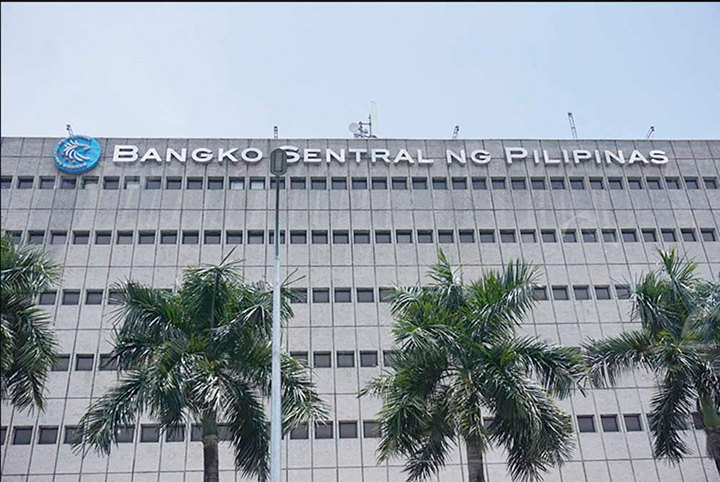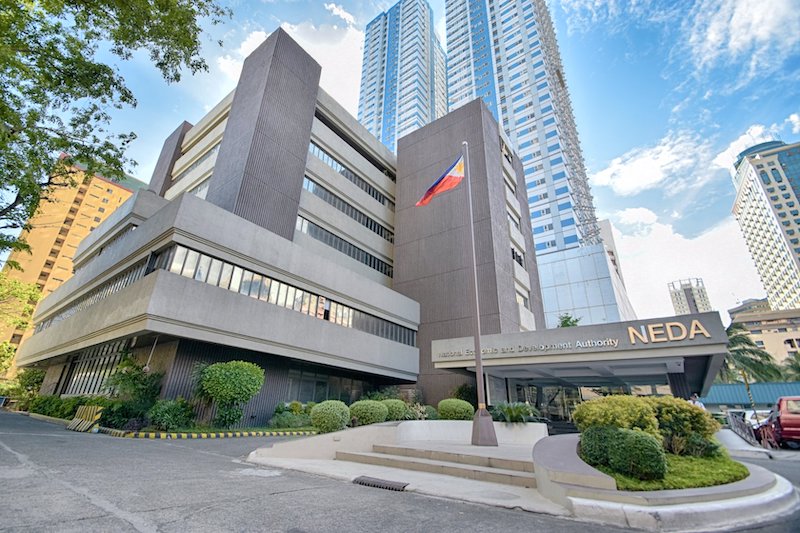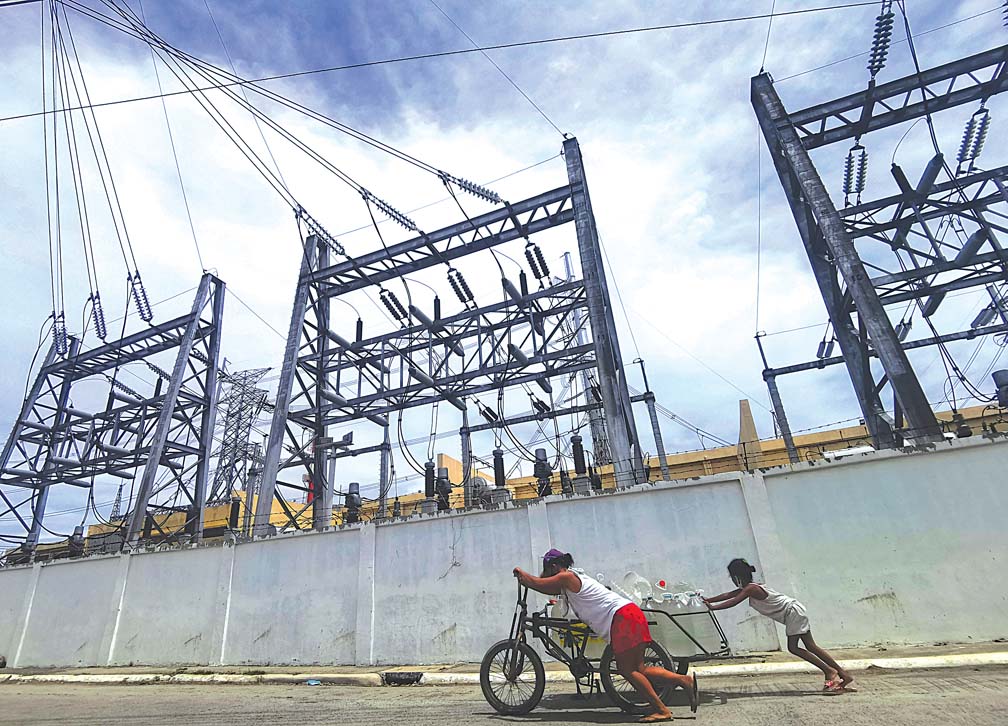IT took less than seven days to bring the peso back to its level at the start of the year by closing at P55.085 to the dollar on Tuesday, according to data from the Bankers Association of the Philippines (BAP).
Data showed the peso opened at P54.65 and saw a high of P55.1 and a low of P54.6 on Tuesday. The last time the peso was at the P55 level was on January 13 when it closed at P55.176 to the greenback.
Analysts were quick to blame the improvement in the US jobs data as well as the 8.7-percent inflation posted in January as announced by the Philippine Statistics Authority (PSA) on Tuesday.
“The USD/PHP ended weaker at 55.085 after a strong US jobs report last Friday raised the prospects of more hikes from the Federal Reserve that could go beyond the 5 percent levels,” Managing Director of eManagement for Business and Marketing Services, Jonathan Ravelas said.
“In a way, yes (the high inflation rate in January contributed). Government should use more non-monetary tools to help fight inflation. More pressure for the agencies concerned. ACTA NON VERBA—Actions Not Words,” he also told this newspaper.
He said the recent developments “gives a strong message that the dollar bulls are back on the driving seat.” The next move would see a test of the P55.5 to P55.75 levels.
Moreover, Ravelas said, with the peso depreciating amid high prices, the Bangko Sentral ng Pilipinas (BSP) is now expected to raise interest rates by 50 basis points.
Meanwhile, Rizal Commercial Banking Corporation (RCBC) Chief Economist Michael Ricafort said the peso, on a year-on-year basis, remained weak versus the US dollar by P3.69 or 7.2 percent to 54.64 in end-January 2023.
This weakness of the Philippine currency may have also contributed to the higher year-on-year inflation in terms of higher import prices.
Last February 3, the Philippine peso closed at P53.845 to the greenback, the strongest close of the peso since June 2022. BSP data showed the last time the peso was at the P53 level was on June 20, 2022, when it closed at P53.551.
The US Federal Reserve earlier decided to increase interest rates by only 25 basis points. This raised the interest rate in the US to 4.5 to 4.75 percent.
Image credits: Nonie Reyes

































